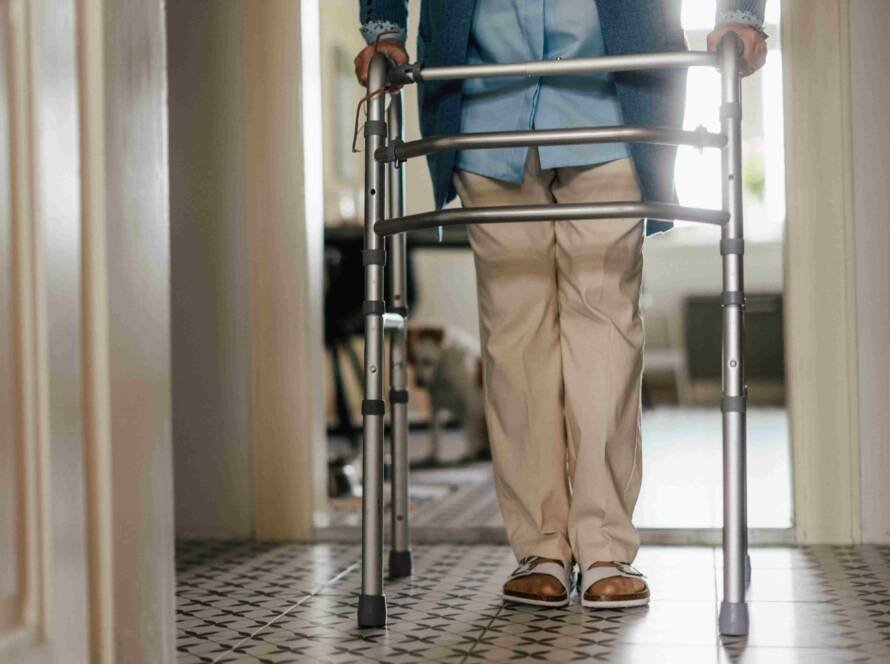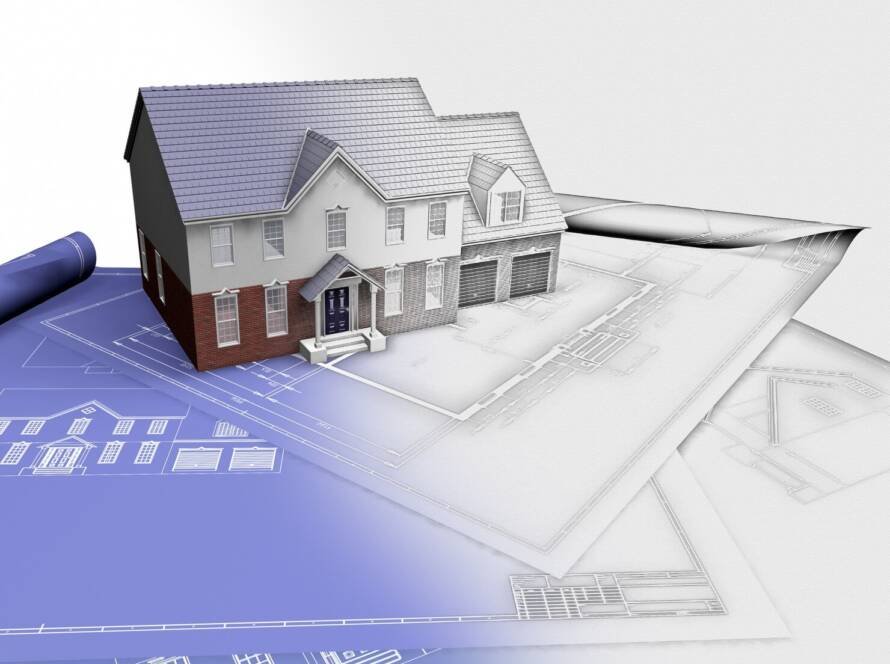NDIS Smart Home Design for Daily Independence
True independence isn’t measured by where you live — it’s measured by how freely you live there. For many NDIS participants, daily activities like cooking, cleaning, or turning on the lights can either empower or restrict.
At Aussie Home & Floor, we believe NDIS smart home design blends accessibility and technology — practical design paired with intelligent systems that give participants control, comfort, and safety every single day. From custom-height benches to smart home automation, independence is built into the details.
1. Rethinking Kitchen Design for Function and Style
A kitchen should invite participation, not limit it. Whether you’re preparing a meal, making tea, or reaching for utensils, thoughtful kitchen design ensures everything is within reach — literally and figuratively.
Custom Benchtops and Cabinetry
Traditional benches are often too high for wheelchair users or those with limited mobility. Adjustable or custom-height benches allow safe and comfortable use while maintaining a stylish appearance.
Under-bench spaces should remain open to allow knee clearance for seated access, especially under sinks or cooking surfaces.
Accessible Layouts
A functional kitchen layout often follows a “triangle” — sink, stove, and fridge — but in accessible kitchens, this triangle is widened for free movement and turning space. Clear pathways of at least 1.5 metres around benches prevent strain and allow mobility aids to move easily.
Appliances that Empower
Appliances can make or break usability. Consider features like:
-
Side-opening ovens at bench height
-
Induction cooktops with cool-touch surfaces
-
Dishwashers and microwaves built into drawers
An accessible kitchen doesn’t have to look different — it just needs to work smarter.
2. Accessible Laundries That Support Independence
Laundry areas are often overlooked, but they’re essential for daily living. The goal is to make these spaces comfortable, efficient, and safe.
Front-Loading Machines at Reachable Height
Raising washing machines and dryers to a practical height prevents bending and strain. Built-in cabinetry or sturdy platforms bring machines closer to a comfortable level while maintaining a cohesive look.
Open Space Beneath Sinks
Laundry sinks should have open under-bench areas for seated access. Mixer taps and lever handles make it easy to adjust temperature and pressure without requiring fine motor control.
Flooring and Drainage
Slip-resistant vinyl or hybrid flooring reduces accidents in wet zones. Proper drainage and waterproofing also ensure long-term safety and compliance with Australian standards.
A well-designed laundry provides comfort and independence in one of life’s simplest — but most important — routines.
3. Smart Home Automation for Accessible Living
Technology can do more than entertain — it can enable. Home automation has transformed how people with disabilities interact with their environment.
Automated Doors and Lighting
Imagine opening a door, turning on lights, or adjusting blinds without lifting a finger. Smart systems connected to remotes, apps, or voice assistants like Google Home or Alexa allow safe, effortless control.
Climate Control and Safety
Consistent room temperature supports comfort and health. Smart thermostats let users adjust heating or cooling through their phone or voice, while motion sensors prevent night-time falls and save energy.
Voice and Touch Control
For participants with limited mobility or dexterity, voice or touch panels replace traditional switches. Integrated with NDIS-funded assistive technology, these systems provide true independence through innovation.
4. Integrating Design and Technology for Better Living
The best outcomes happen when design and technology work together.
A modern NDIS smart home design merges accessibility and automation — not as add-ons, but as natural parts of the living experience.
For example:
-
Electronically adjustable kitchen benches
-
Motion-sensor lighting connecting hallways and kitchens
-
Automated doors that open hands-free
At Aussie Home & Floor, we partner with builders and NDIS providers to ensure your home modifications and automation systems are compatible, compliant, and built to last.
5. NDIS Assistive Technology Funding
Many of these accessibility features are supported through NDIS Assistive Technology (AT) funding.
Participants may be eligible for funding that covers:
-
Smart home automation devices
-
Structural home modifications
-
Accessible appliances
Working with experienced professionals ensures your design is both functional and NDIS-approved.
Conclusion: Building Independence Through Smart Design
True accessibility is about freedom — the freedom to cook, clean, move, and live confidently.
By combining intelligent technology with thoughtful design, homes become spaces of safety, comfort, and empowerment.
From customised kitchens to fully automated systems, Aussie Home & Floor is dedicated to transforming Melbourne homes into environments that support independence for all.
📞 Make your home smarter, safer, and more independent today.
Call: 0458 005 085
Email: sales@aussiehomeandfloor.com.au


